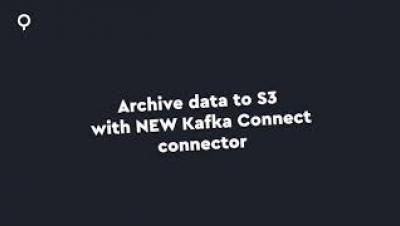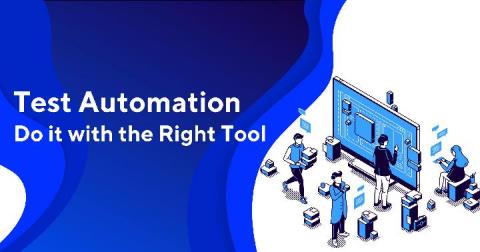The Gap in Data and Analytics Supply Chains Requires a New Way of Thinking
Today, we announced the acquisition of the assets and IP of Knarr Analytics, an innovative start-up that provides real-time collaboration, sophisticated data exploration and insight capture capabilities, to complement Qlik’s cloud data and analytics platform.











